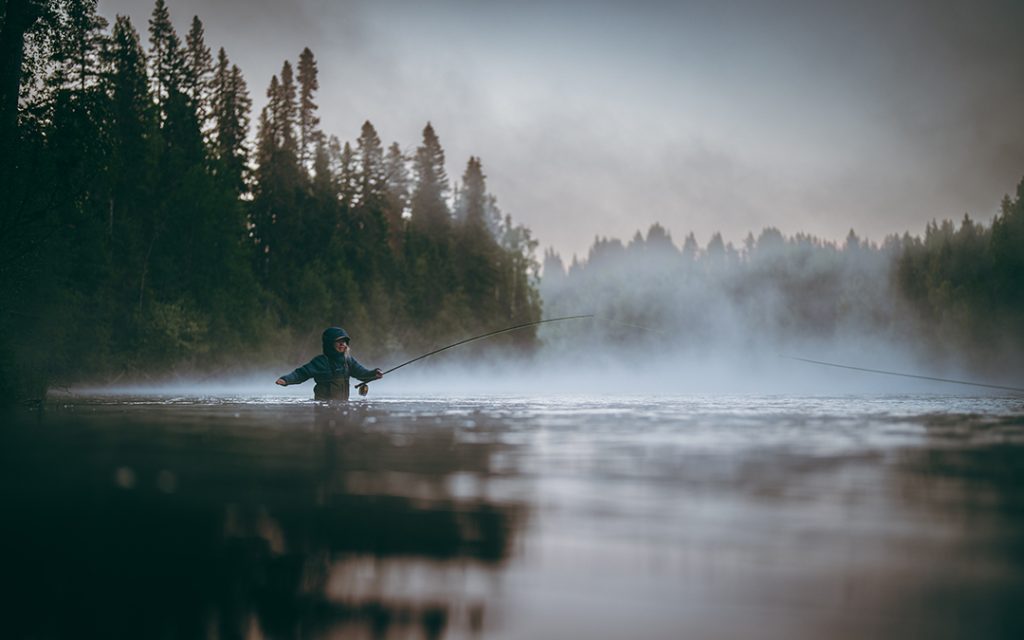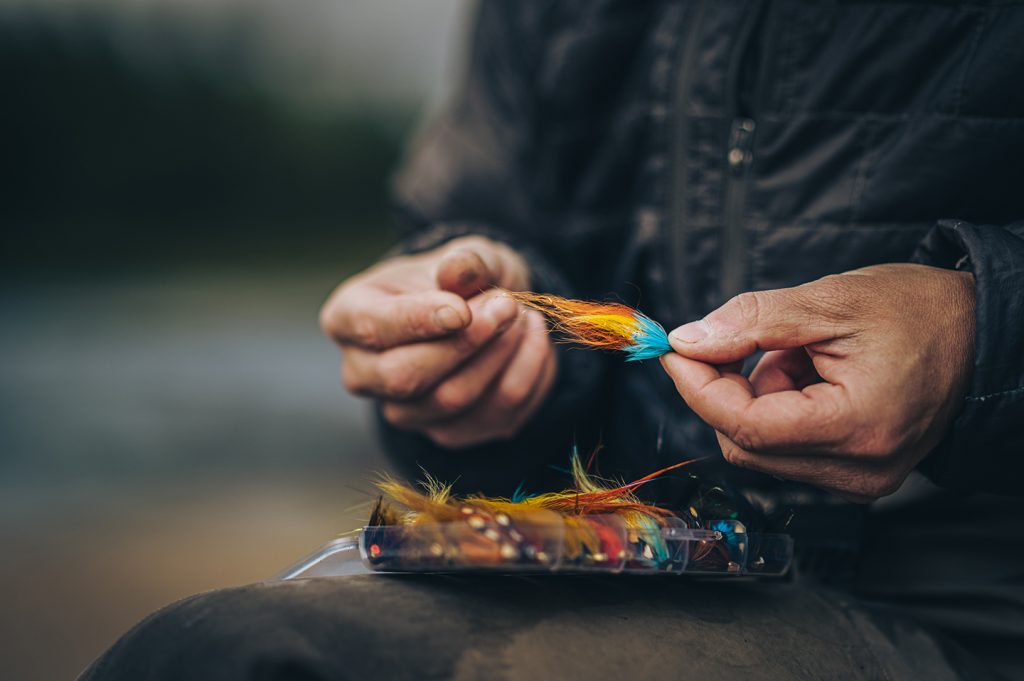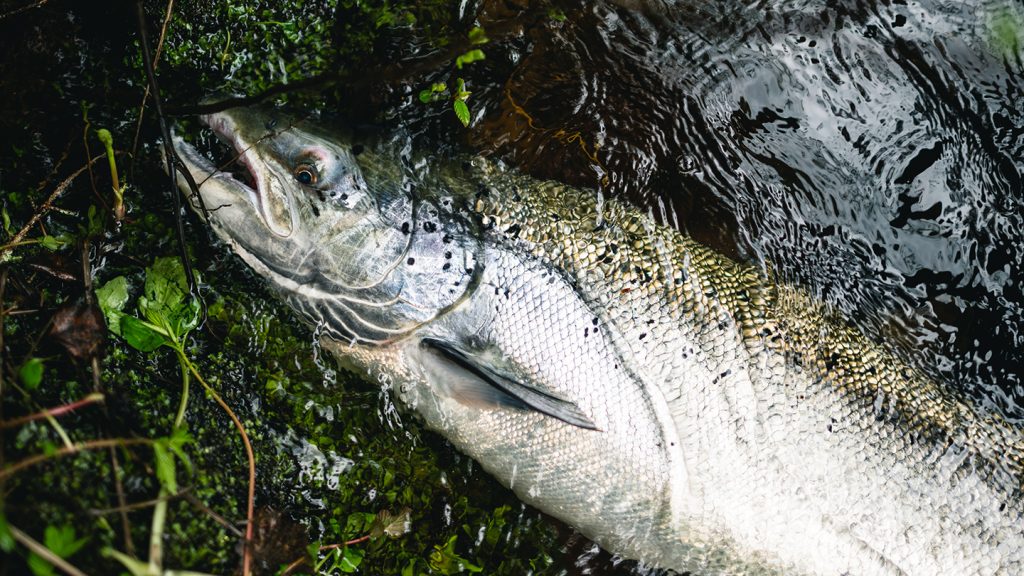
Photo: Undefined fly fishing project.
As the salmon season is developing at the moment, there is reason for serious concern. We publish this blog on Fridays and it’s always nice to be able to give the readers something good to start the weekend on. I don’t like it, but this one’s not good – it is, in fact, quite grim.

Photo: Undefined fly fishing project.
Across Denmark, Scotland and Norway and other countries most rivers are opening with very few salmon. In Denmark authorities have shut down the out take of salmon larger than 73cm, since three rivers have opened with what seems to be a catastrophic low number of salmon. The same is happening in Norway. Numbers low enough to cause serious concern. Unless a miracle occurs and huge numbers of salmon suddenly run I fear that we’re facing severe restrictions on salmon angling in Northern Europe next year – maybe even years to come.
Several Scandinavian rivers have been a success story with salmon populations increasing year by year for 25 years. Record migrations one year after the other. This is true for rivers in both Denmark and Sweden. Then out of no where 2023 ended up being a slow season. Not bad enough to cause concern, but eyebrows were raised. In 2024 raised eyebrows have turned into gigantic, hoisted red flags! Combining the numbers from 2023 and the opening of 2024, the salmon population on what is (was?) Denmark’s most prolific salmon river has decreased by 80%. Yes, eighty! Nobody knows what’s happening, why and where. But the major cause for concern is that it’s happening across so many rivers and across both atlantic salmon and baltic salmon. On the Gaula in Norway the kill ratio is over 70%. Big early season salmon that are so important for the future generations. And now most of them are killed.

Photo: Undefined fly fishing project.
During 2022 Emilie Björkman and Undefined Flyfishing Project filmed “Home Rivers Recycled”, a film about salmon fishing, the life style and the success of the revitalisation of the salmon population of the Northern Swedish rivers, Emilie fishes. It’s an excellent film, which you can watch here:
Just a few years later, Emilie, Lars Munk and Ted Bogart have been compelled to start a new project – documenting a dramatic decline. The new film is called “Free Falling” and will be released in 2025. Please, give them a follow and a like here:
What else can we do as individuals? Stop killing salmon – that’s the first thing. Many fish to bring home a salmon, which I understand perfectly and I’ve done so myself every now and then. In the current situation, release them. Help spread the word. Call out authorities – for instance new rules on the Gaula make no sense and the fact that it’s still allowed to kill salmon I cannot understand. What ever you can think of – do it! What is clear is that authorities need to take drastic measures and completely stop the out take of salmon.

Photo: Undefined fly fishing project.
Support organisations that work for the salmon conservation – big and small. North Atlantic Salmon Foundation, Atlantic Salmon Federation, The Foundation for Conservation of Atlantic Salmon and more. For many it makes more sense to support local initiatives – please, find one and do so. We have Danish roots, so let me put a small sportlight on a Danish artist, Thomas Weiergang. His latest piece of art, “The Doggerland Salmon” is a beautiful, fine art print. For every sold piece, Thomas donates 20% to the Danish Center for Wild Salmon. Check out the art here:

The Doggerland Salmon – beautiful artwork by Thomas Weiergang.
Are we watching a train wreck in slow motion? We are – maybe not even in slow motion. In 1987 Danish salmon angler and writer, Jan Grünwald, wrote a short story, “Laksebanen”, which is a post apocalyptic story about a young girl and her friends, who fish the coastlines for sea trout when the radiation levels allow it. Through different circumstances they end first on an artificial river, basically a salmon put and take, from where they make the connections to fish the last wild salmon rivers in Russia. A picture of a grim future, but when you look at the development of the season in Northern Europe, it somehow seems prophetic.

Photo: Undefined fly fishing project.
I’m sorry for the nature of this blog post, but the issue needs to be addressed.
